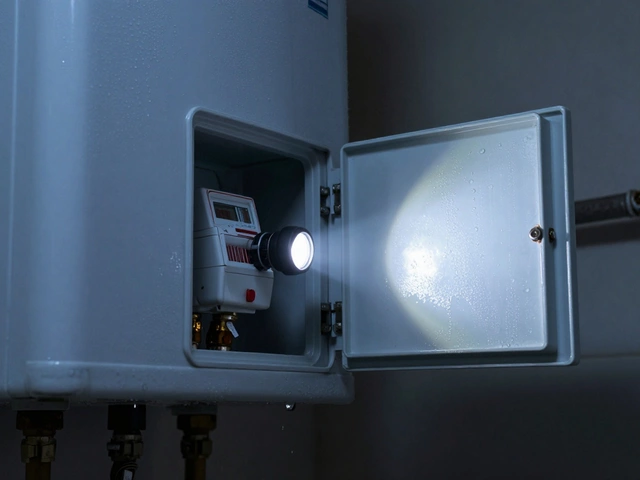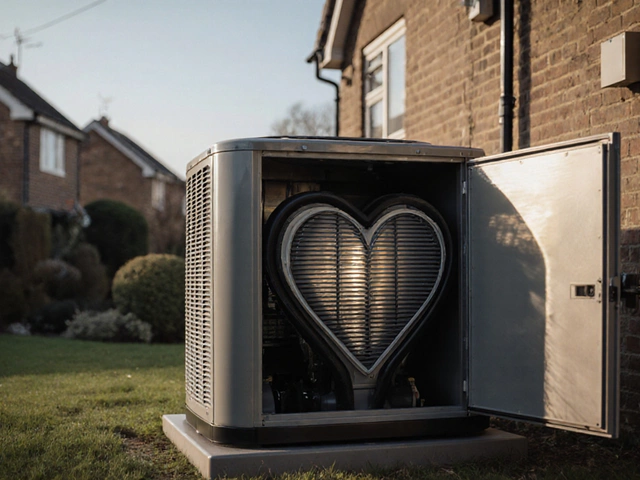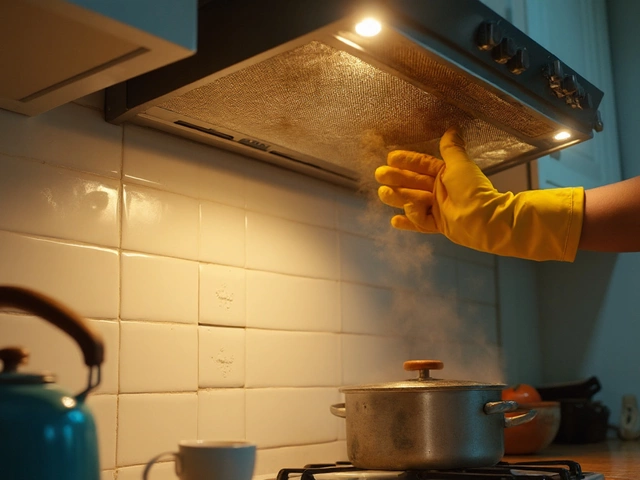Is It Safe to Reset a Water Heater? What You Need to Know Before Trying
December 1 2025Microwave Troubleshooting: Quick Fixes and When to Call a Pro
If your microwave stops heating, makes strange noises, or displays error codes, you’re probably wondering what went wrong and if you can fix it yourself. The good news is many problems are simple enough to handle with a few tools and a bit of patience. The bad news? Some issues involve high‑voltage components that are best left to qualified engineers.
Most Common Microwave Failures
First, let’s look at the usual suspects. The magnetron – the part that actually creates the microwaves – is the #1 failure point after about five years of regular use. A burnt‑out magnetron will make the appliance run, but nothing inside will heat. Next up is the high‑voltage diode, which works with the magnetron to boost power. If the diode fails, the microwave might run but produce barely any heat.
Another frequent problem is a faulty door latch. The microwave won’t start if the door sensor thinks it’s open, which can happen after the latch wears out or the switch gets dirty. Lastly, you might see a blown fuse or tripped circuit breaker when the unit overheats or a component shorts out.
Step‑by‑Step DIY Checks
Before you call a technician, try these easy checks. 1) Unplug the microwave for a minute, then plug it back in – this power reset can clear minor electronic glitches. 2) Open the door and inspect the latch and door switches; wipe away any food debris and make sure the latch clicks cleanly. 3) Listen for a humming sound when you start the microwave – a steady hum means the transformer is working; a click or silence often points to the magnetron or capacitor.
If you hear a buzzing or see sparks inside, stop using the appliance immediately. Those signs usually mean a capacitor or magnetron is failing, and keeping the unit on can be a fire hazard.
When you feel comfortable working with the interior, remove the outer cover (usually four screws) and look for obvious signs of damage: burnt marks, broken wires, or bulging capacitors. Always double‑check that the unit is unplugged and that the capacitor is fully discharged before touching anything.
Should you identify a blown fuse, replace it with the exact rating printed on the old part. Most microwaves use a 250‑V, 5‑A fuse – but verify the label to be safe.
If you discover a dead magnetron or diode, the cost of a new part can range from £40 to £80, plus labor. Many homeowners find that replacing a 10‑year‑old microwave is cheaper than a major component repair, especially when the appliance is already showing signs of wear.
When in doubt, call a certified gas and appliance engineer. Our team at Bedford Gas Appliance Repair Services can test the high‑voltage components safely, give you a clear cost estimate, and perform the repair or replacement with full compliance to UK safety standards.
Remember, regular maintenance helps avoid most of these problems. Keep the interior clean, avoid running the microwave empty, and check the door seals every few months. A little care now saves you a pricey call later.
Got a microwave that’s acting up? Use the quick checks above, and if the issue persists, give us a shout. We’ll get your kitchen back to humming along in no time.
 7 Mar
7 Mar
How to Tell If Your Microwave is on the Fritz
If you've ever wondered whether your microwave is about to give up the ghost, this guide is for you. From strange noises to uneven heating, we cover the telltale signs that your microwave might be headed for the junkyard. You'll also get simple tips for troubleshooting common problems and some helpful maintenance advice to keep your appliance in tip-top shape. Whether you're a seasoned DIYer or just want to know what's what, this article offers straightforward info everyone can use.
Read More...



